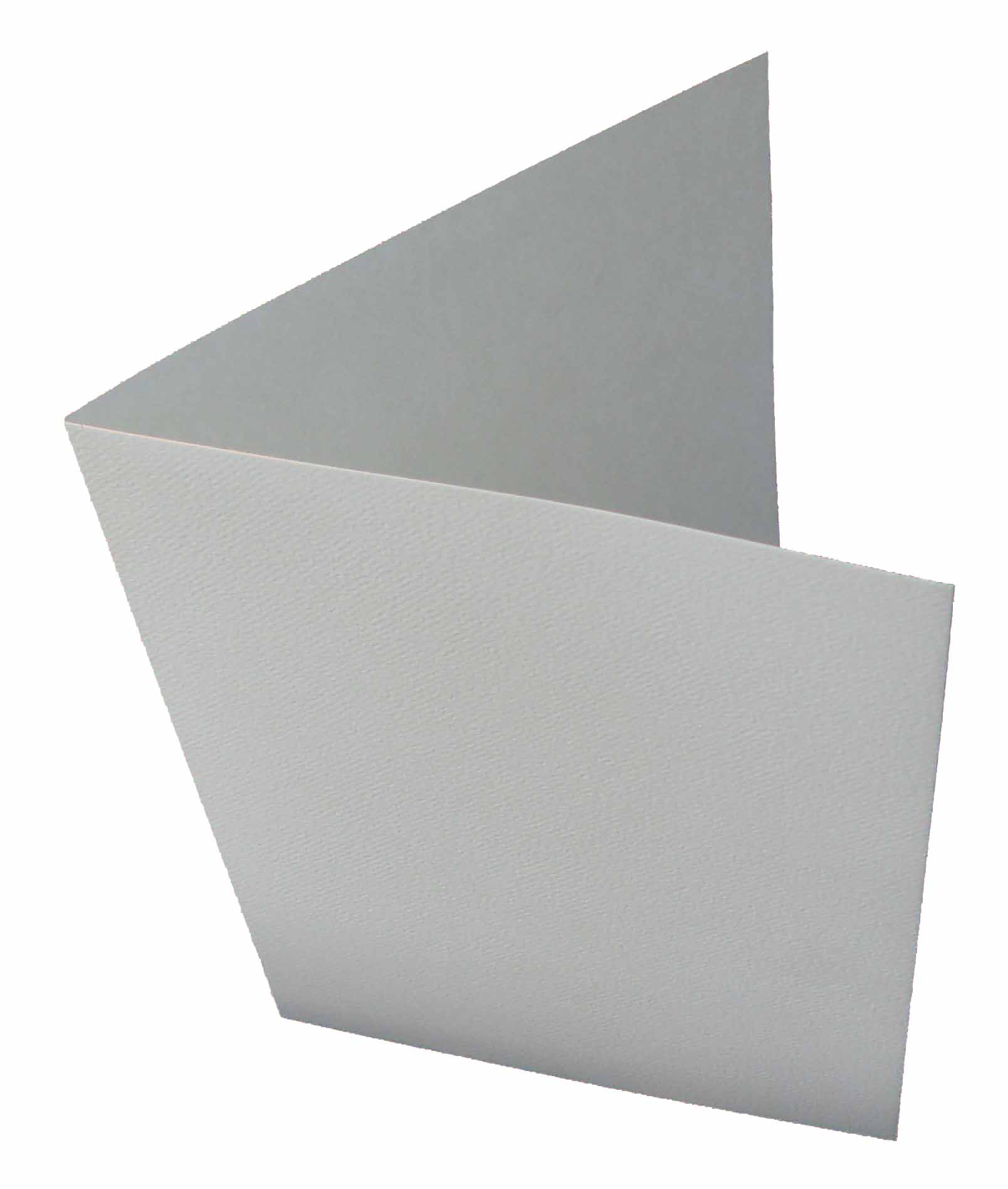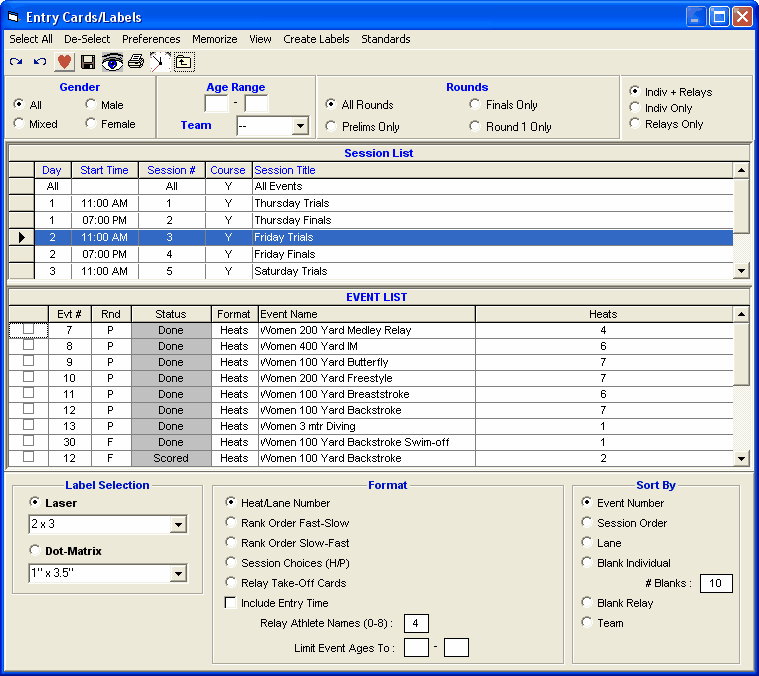


G.I.JOE: A Real American Hero, its associated logos, COBRA, all character, group, and vehicle names and their respective likenesses are registered trademarks of Hasbro, Inc. Copyrighted works that are part of this web site are being used under the "fair use" doctrine. This site is not sponsored or endorsed by Hasbro, Inc. They took a lot of work to make and this web site deserves the traffic as a result. Please do not steal and redistribute these assets on your site. The mobile and desktop clients support type ahead dynamic search experience.All 3D photos, traditional photos, scans, videos, audio recordings, and commentary are ©2012–2023 3DJoes / Locomotion Media Group, LLC. It also allows users to do a type-ahead static search within a list with limited number of choices. Typeahead search added as an input control in Adaptive Cards enable dynamic search experience from a dynamically loaded dataset. The mobile and desktop clients support People Picker, which provides an inline typing experience. You can use it in chats, channels, task modules, and tabs. People Picker added as an input control in Adaptive Cards enable search and selection of people. Simple cards: Used from the Bot Framework, such as the thumbnail and hero cards.Connector cards: Used as part of connectors for Microsoft 365 Groups.In addition to Adaptive Cards, Teams supports two other types of cards: You can use Adaptive Cards anywhere you use existing hero cards,Microsoft 365 cards, and thumbnail cards. For general information from the Adaptive Cards team, see Adaptive Cards overview. They're the recommended card type for new Teams development. Adaptive CardsĪdaptive Cards are a new cross product specification for cards in Microsoft products including bots, Cortana, Outlook, and Windows. This reference also describes differences between Bot Framework cards and cards in Teams. Types of cardsĪll cards used by Teams are listed in types of cards. Message extensions can use simple cards, connector cards, or Adaptive Cards. Message extensions can also return a card. Types of cards provides information on cards, supported by bots in Teams. These cards are called simple cards in Teams.īots in Teams can use simple cards, connector cards, or Adaptive Cards. Blank Pressboard File Guides (2) Blank Pressboard File Guides With Metal Tab (1) Center Top-Tab Out Guides (1) Durable Poly End-Tab Out Guides (3) End-Tab 'Out' Cards (1) End-Tab Out Guides (2) File Guide (1) File Guide Card Sets (AbilityOne 7530-0) (1) File Guides, EN (1) Legal Size Manila File Guides l478109 (1) Manila A To Z File. General information on cards in Bot Framework can be found in add rich card attachments to messages.

Teams supports bots using the Bot Framework, but it supports a different set of these cards.

The Microsoft Bot Framework extends the cards specification by adding a set of predefined cards that bots can use as part of bot messages. You can find the specification for cards in connectors in actionable message card reference. For more information, see create connectors for Microsoft 365 Groups. Like many Microsoft 365 applications, Teams supports connectors. Teams uses cards in three different places:Ĭards were first defined as part of Outlook and Microsoft 365 and are now used as part of connectors for Microsoft 365 Groups. Cards used by bots and message extensions in Microsoft Teams, add and respond to these card actions, openUrl, messageBack, imBack, invoke, and signin. You can add rich text formatting to your cards using either Markdown or HTML, depending on the card type. Connector card for Microsoft 365 Groups.The bots for Teams support the following types of cards: Using cards, you can organize information into groups and give users the opportunity to interact with specific parts of the information. Cards can have multiple properties and attachments and can include buttons, which trigger card actions. A card is a user interface (UI) container for short or related pieces of information.


 0 kommentar(er)
0 kommentar(er)
